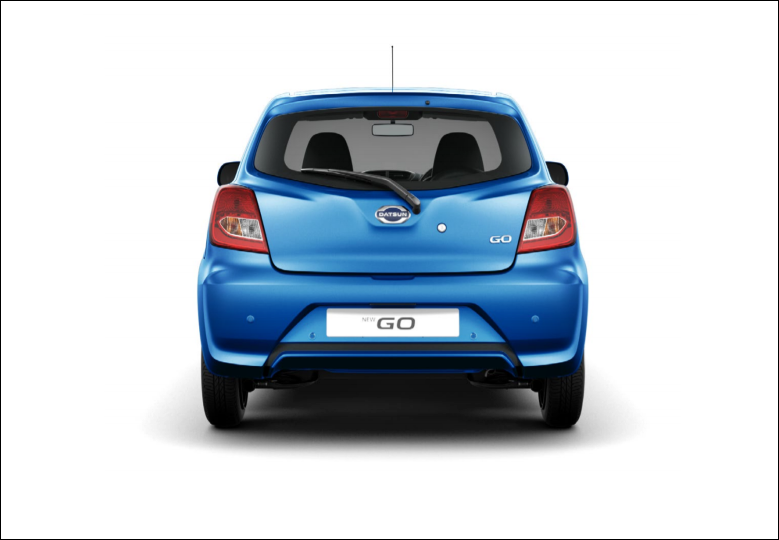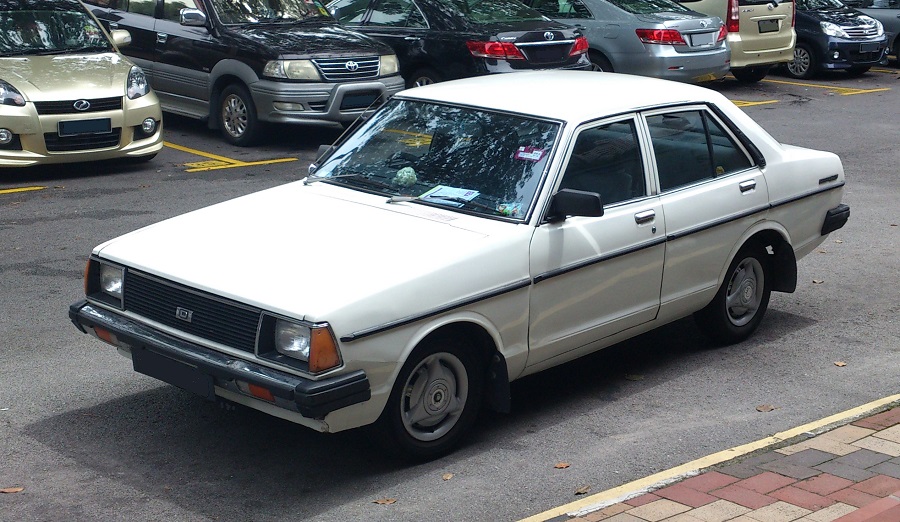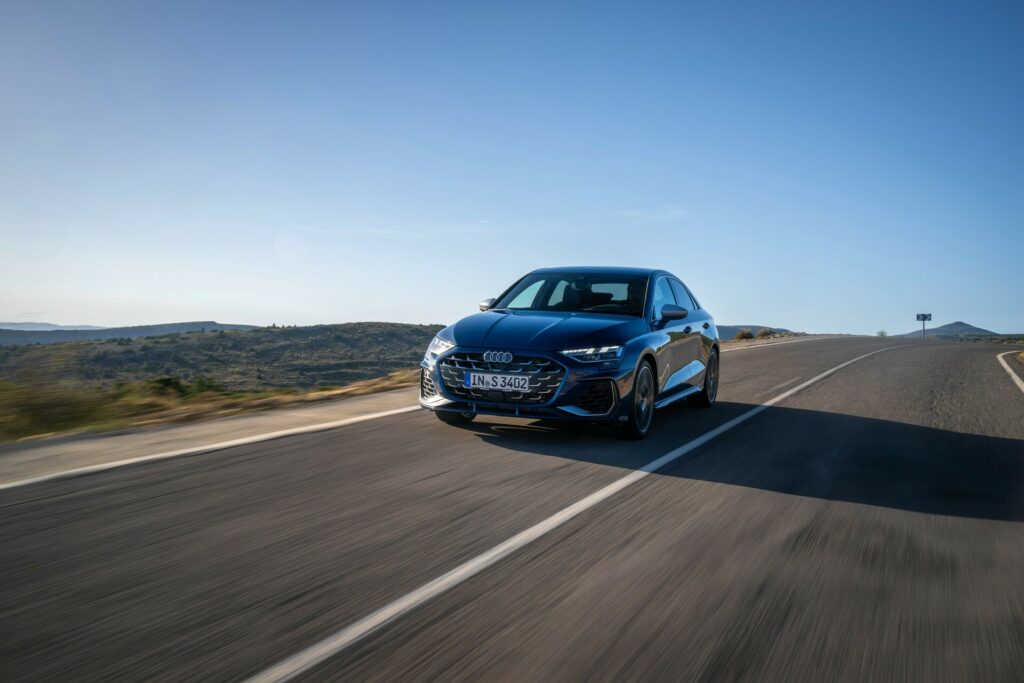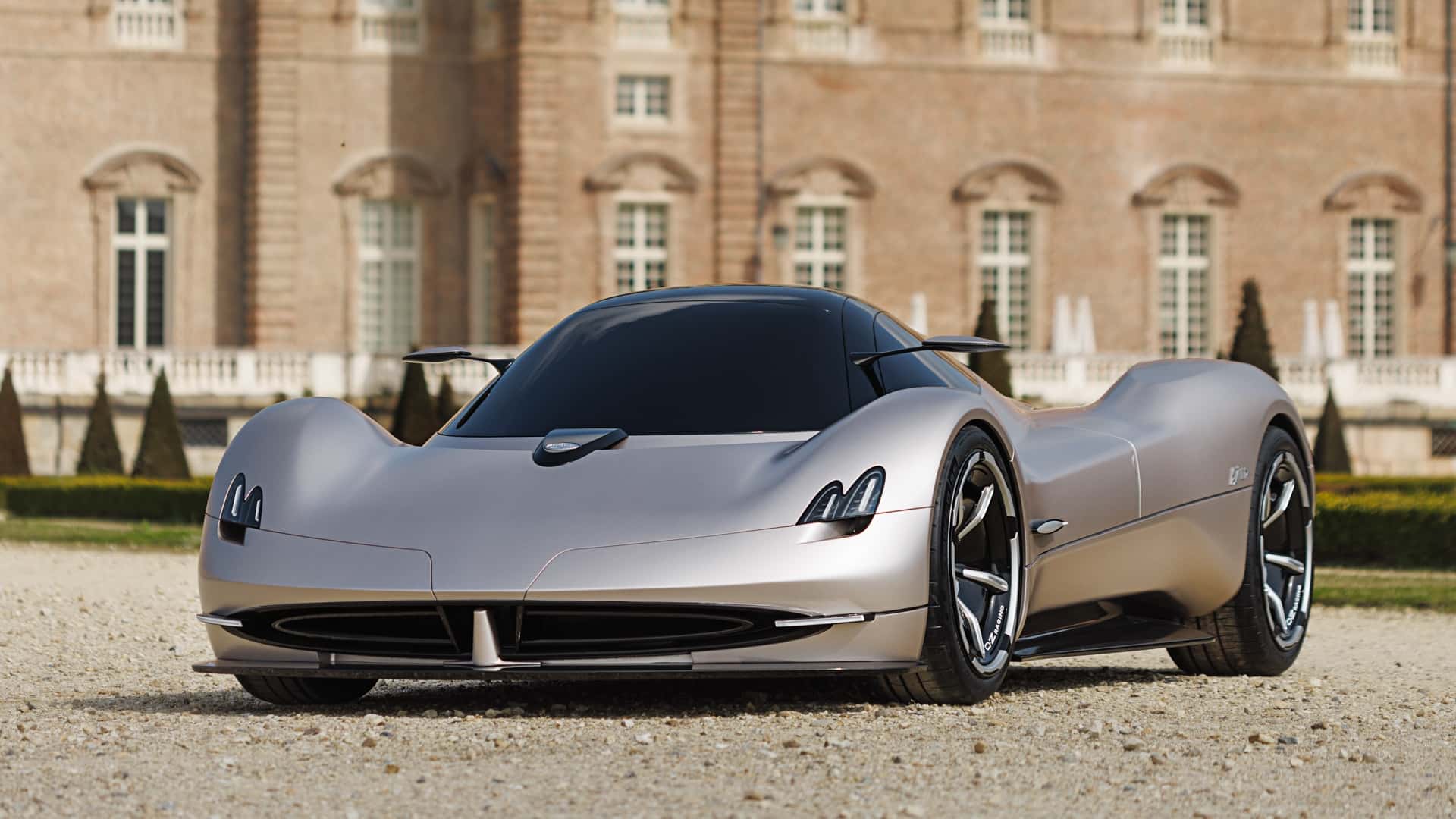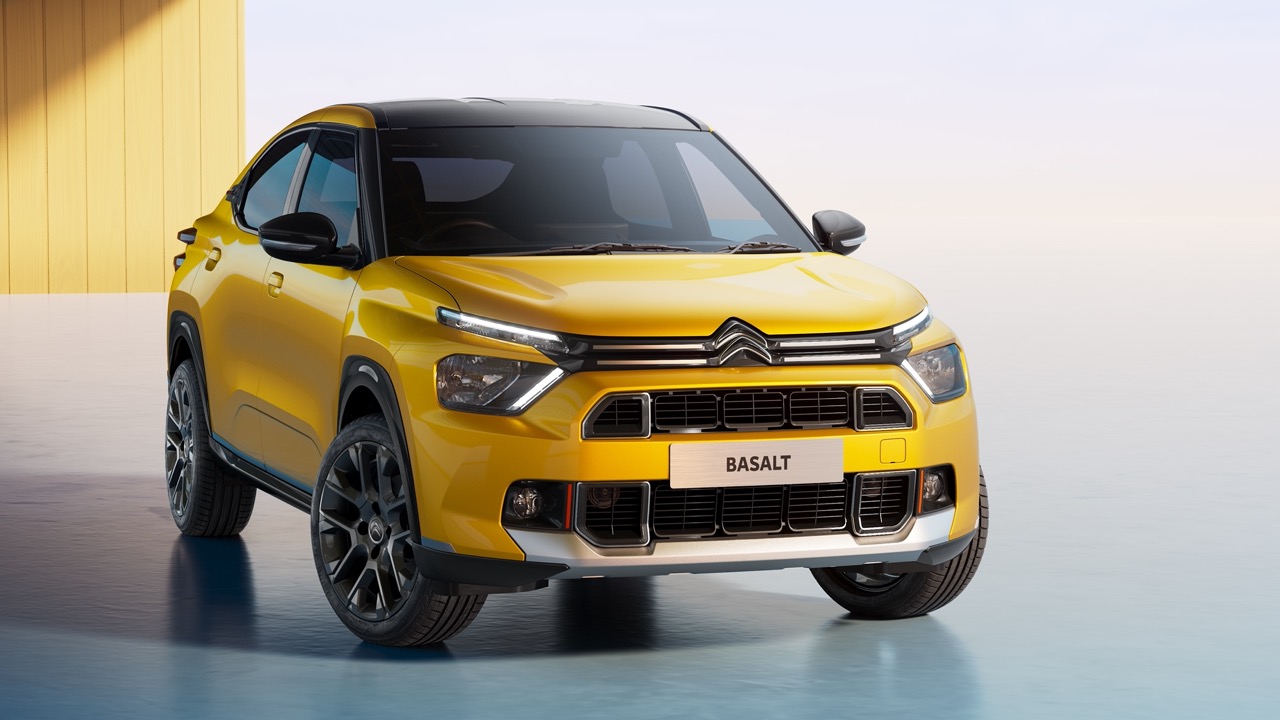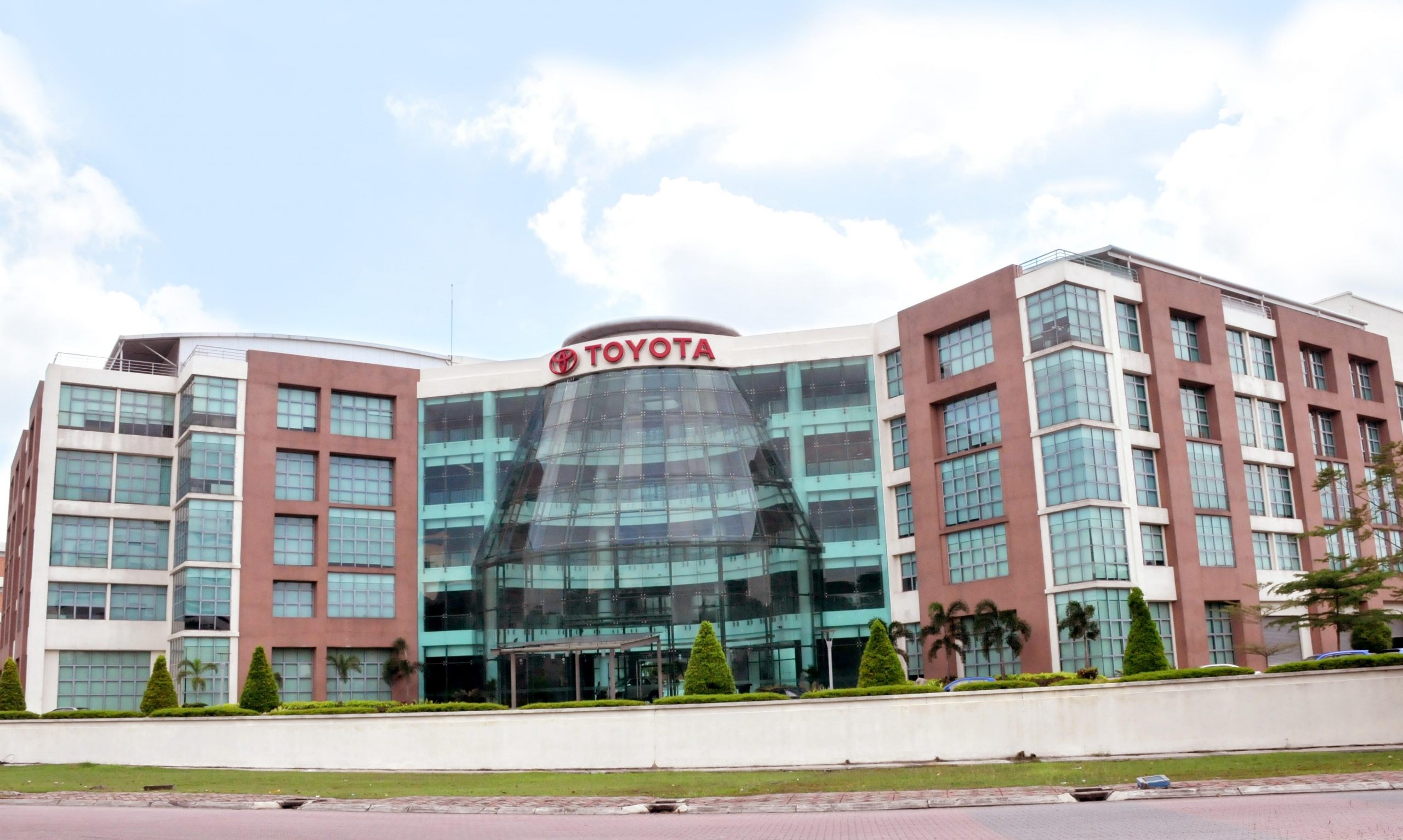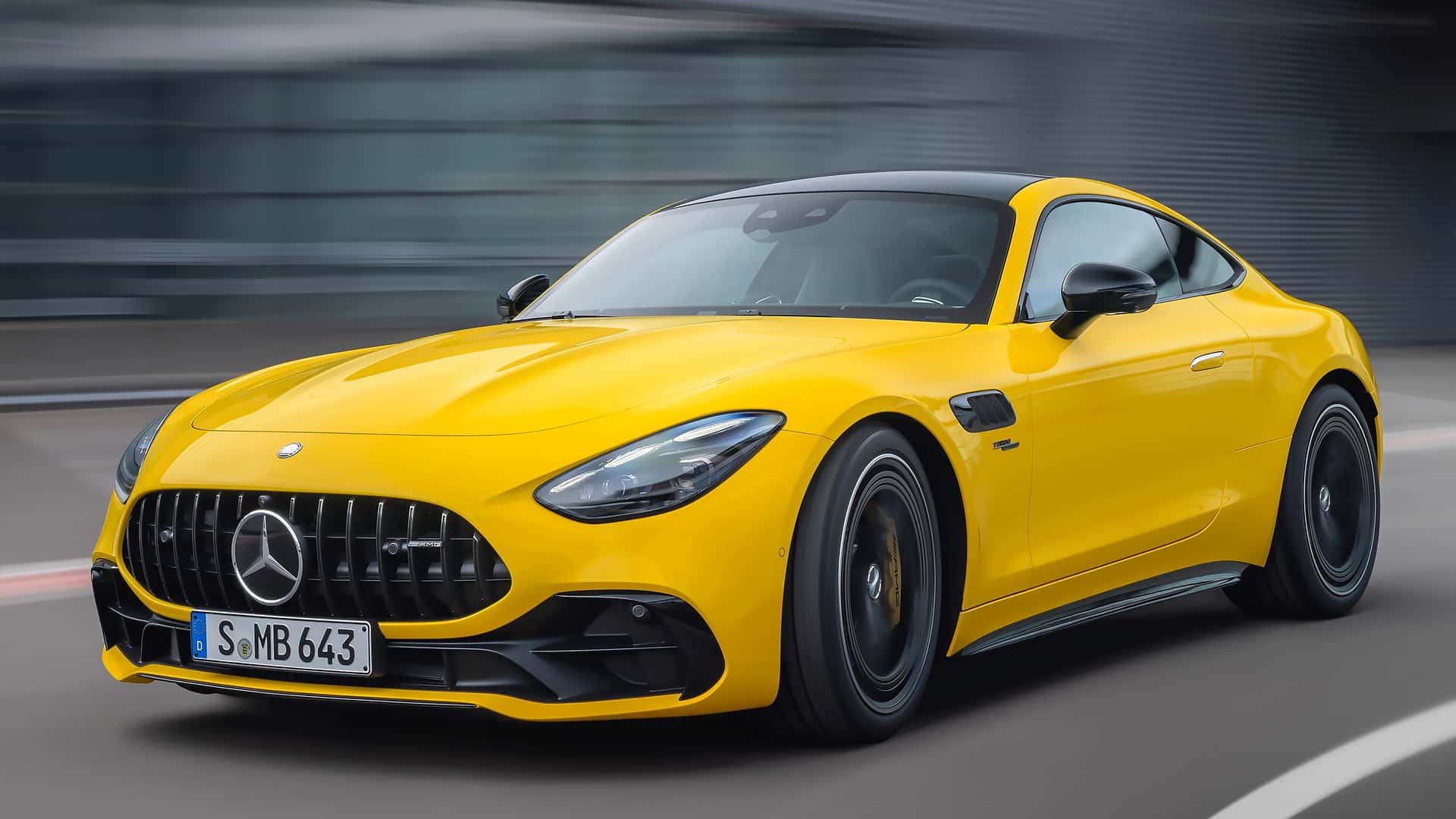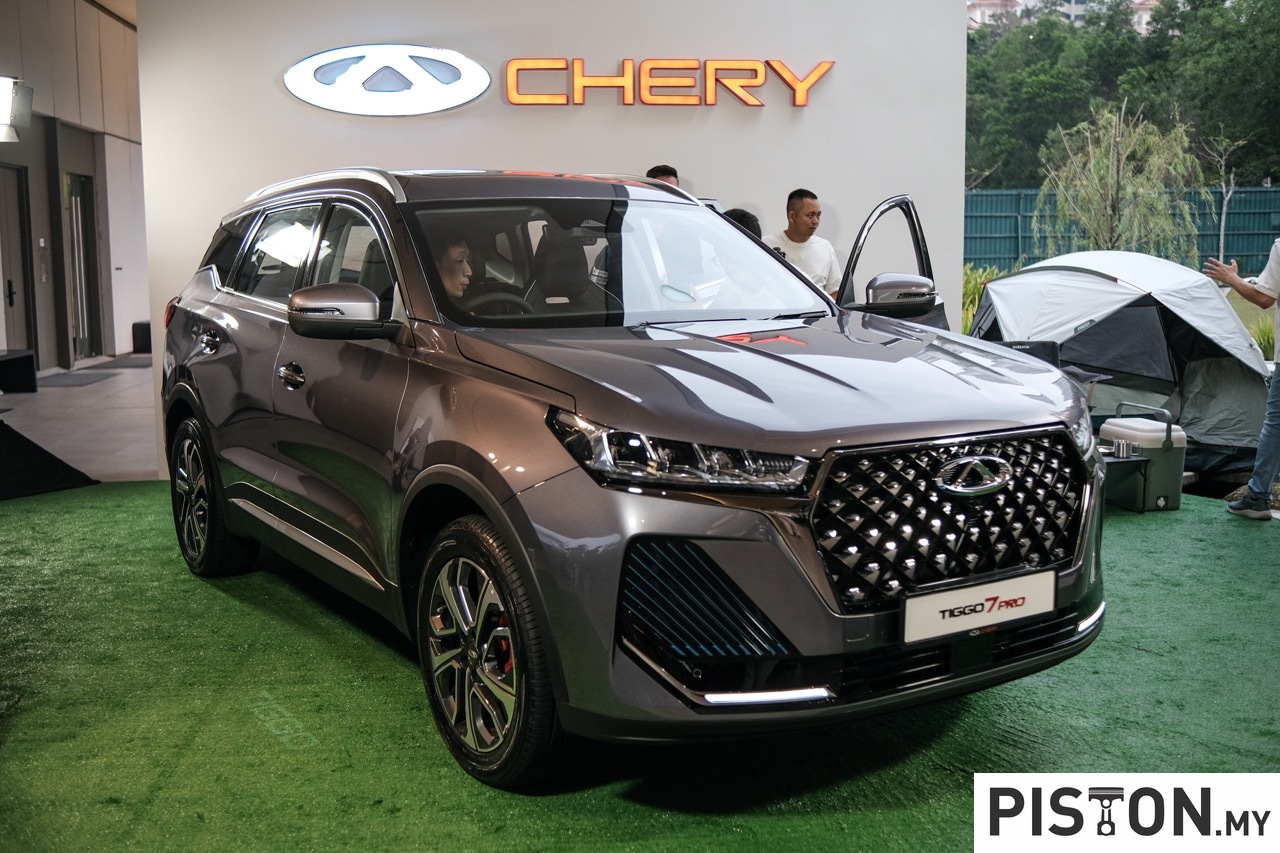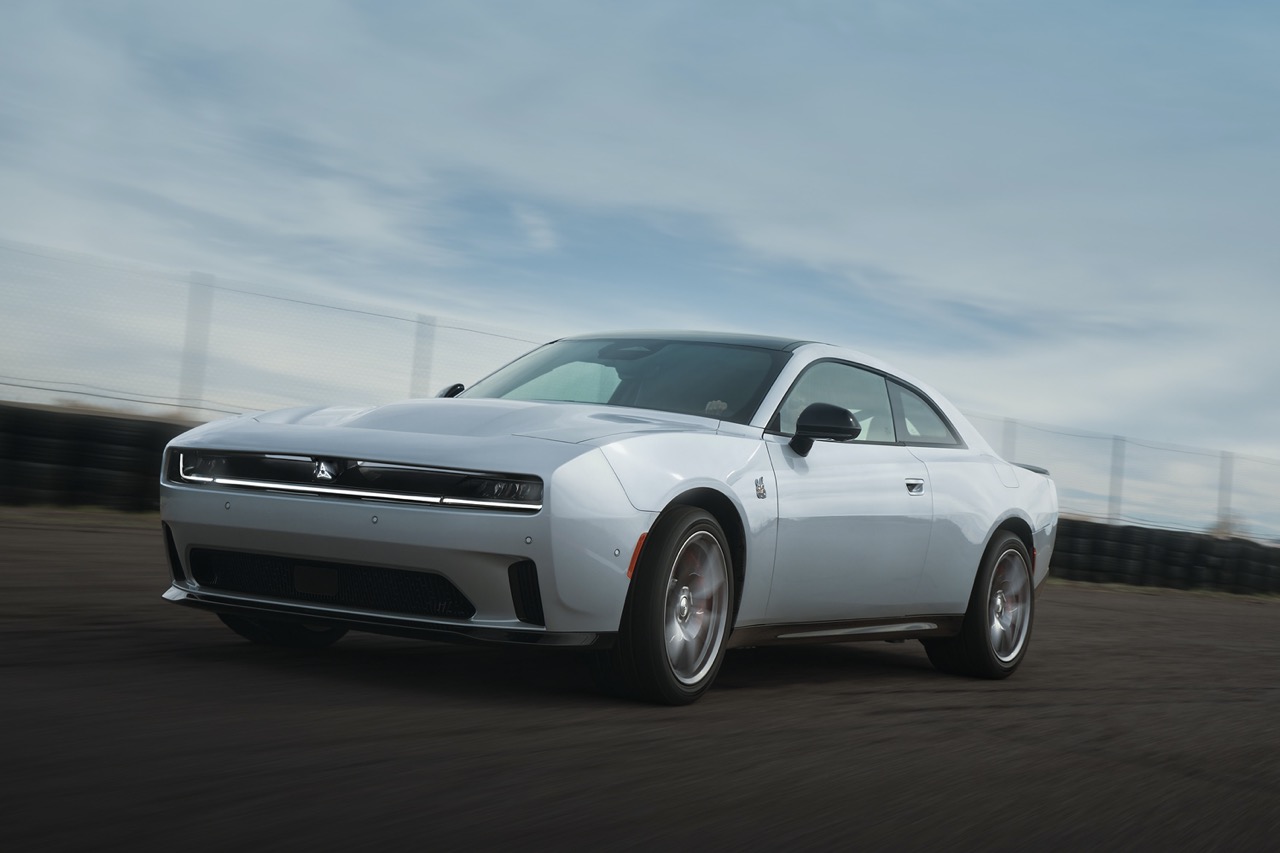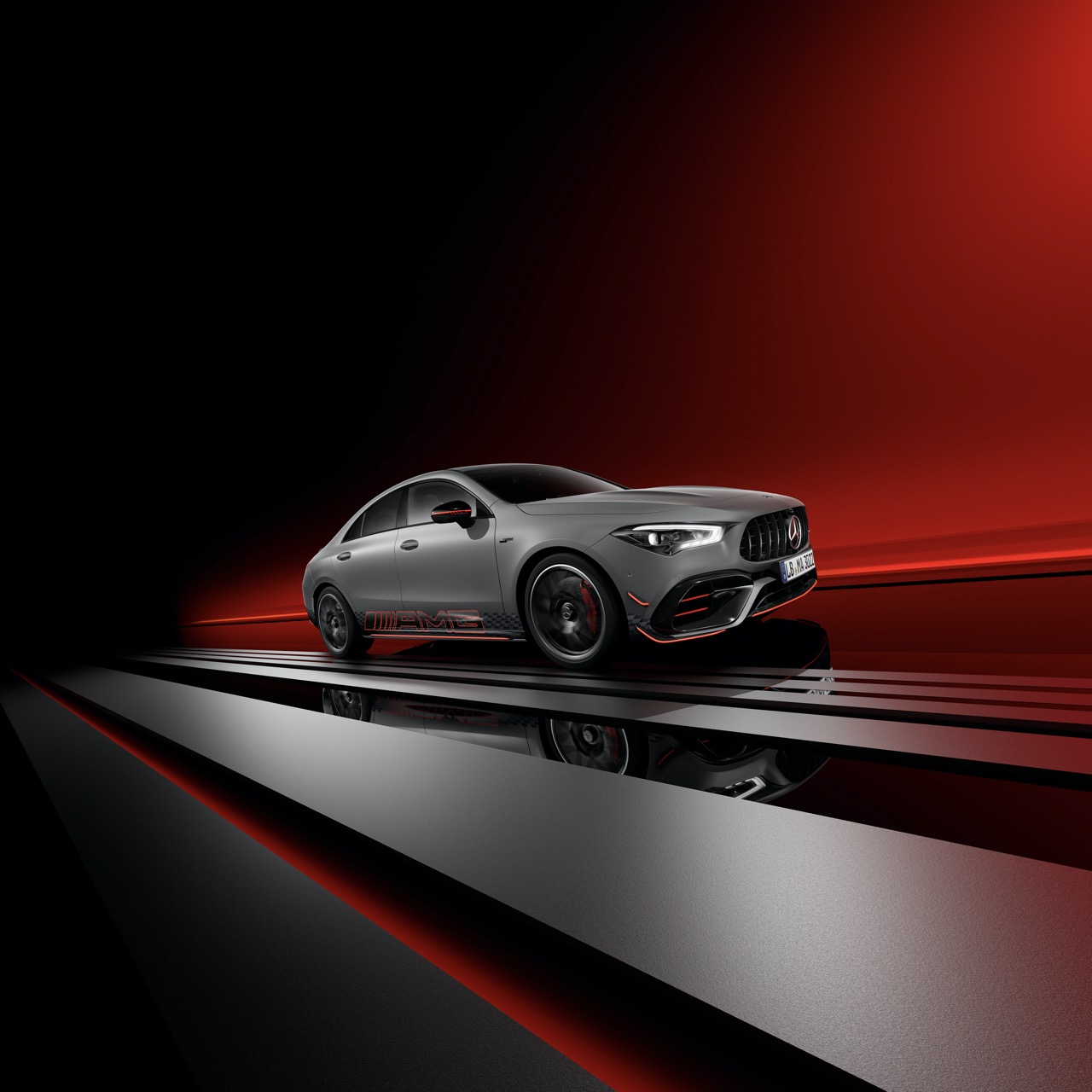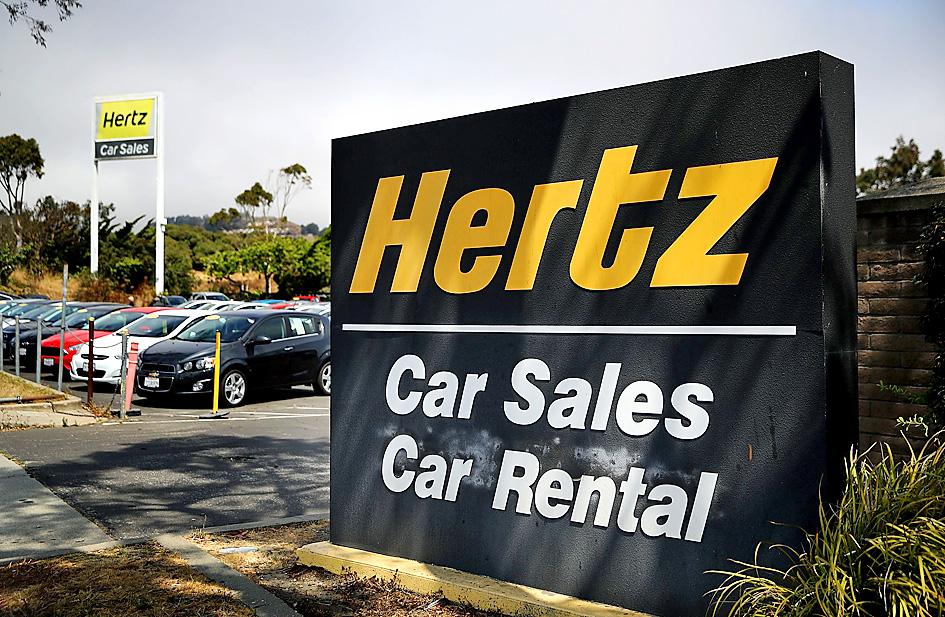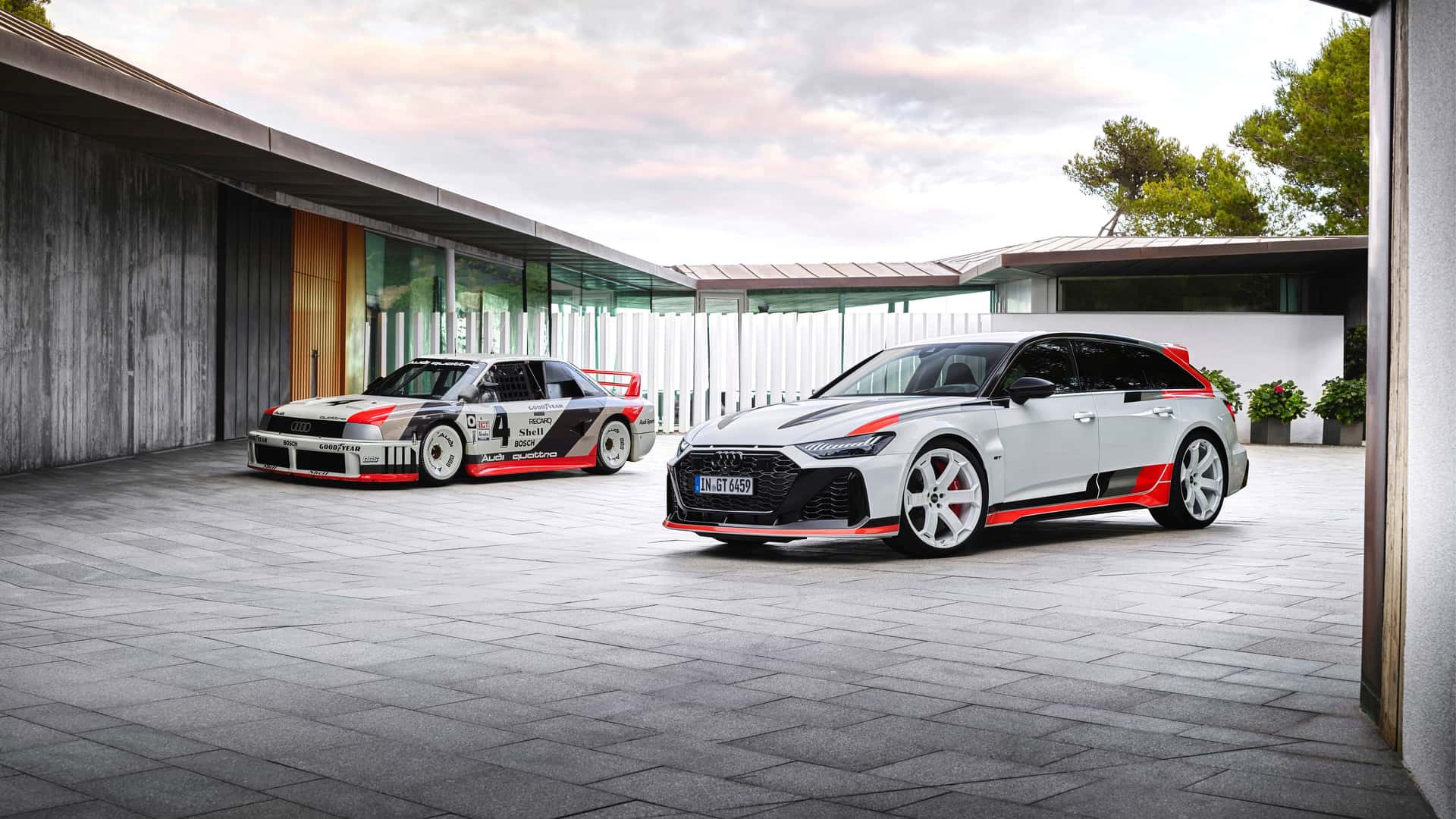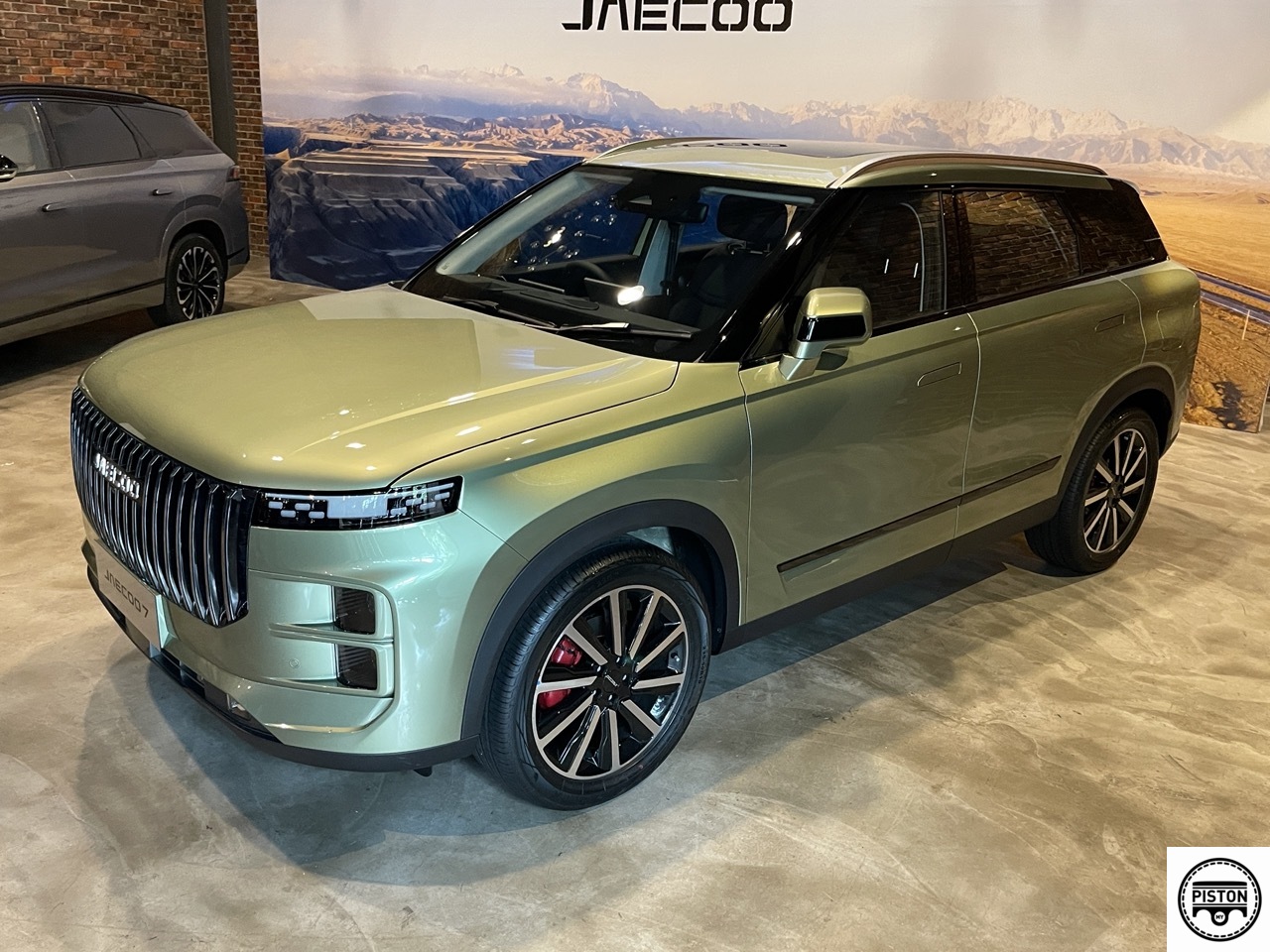Datsun, a name familiar to older Malaysians, disappeared from the market in the 1980s. It was replaced by Nissan as a brand name for products, and the name happened to also be the company’s name. Part of the reason could have been that Datsun was so well known all over the world and sometimes, senior executives had found that people did not know their company when they mentioned it was ‘Nissan’ but showed much familiarity when they said ‘Datsun’.
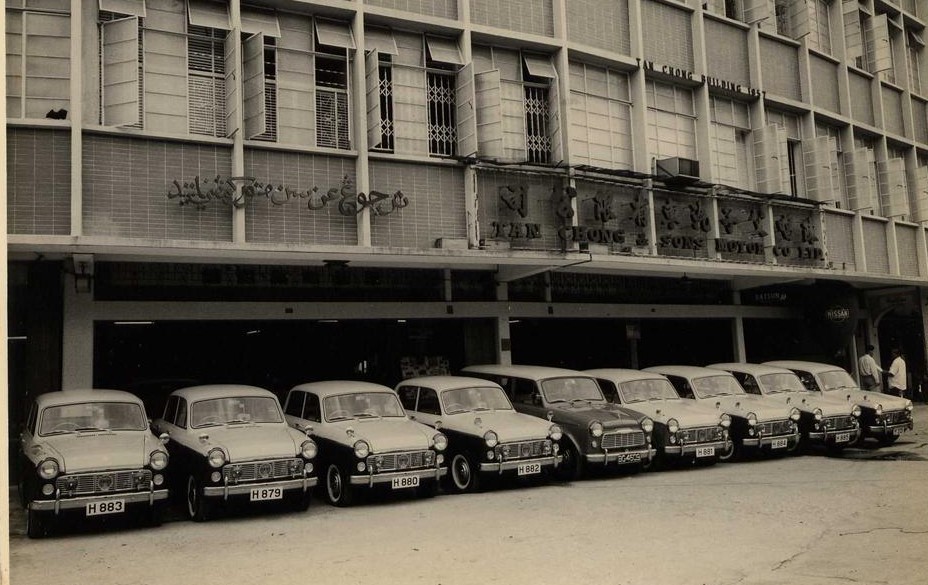
Anyway, the brand name was brought back in 2014 as a sub-brand alongside Nissan and Infiniti to represent entry-level products for emerging markets. Nissan’s CEO then, Carlos Ghosn, had thought that there might be a market for lower-cost models in places like Indonesia, India and even Russia. These products would benefit from Nissan’s technology but be built with a lower cost base. The company expected the brand’s previous reputation for value and reliability would be beneficial – but perhaps forgot that the new generation of buyers it targeted would not have known that.
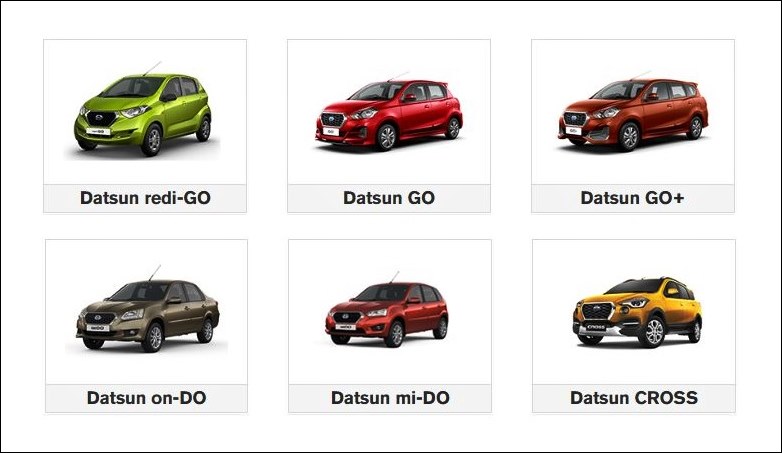
Nissan built Datsun models in three countries – Russia, China and India – and though there was favourable response initially, dealers found difficulty selling the cars because they also sold cheap Nissan models. To make the cars cheap, features were less and even the engineering was felt to be not as tough as Nissans, so consumers were not greatly persuaded to buy Datsuns when, for a little bit more, they could get better Nissans.
Nissan’s expectations and targets for the brand were thus too ambitious and it showed in the years that followed its launch. In some markets, the network was limited and as mentioned earlier, there was much dependence on Nissan dealers who would have found it more profitable to sell Nissans, rather than cheaper but low-margin Datsuns.
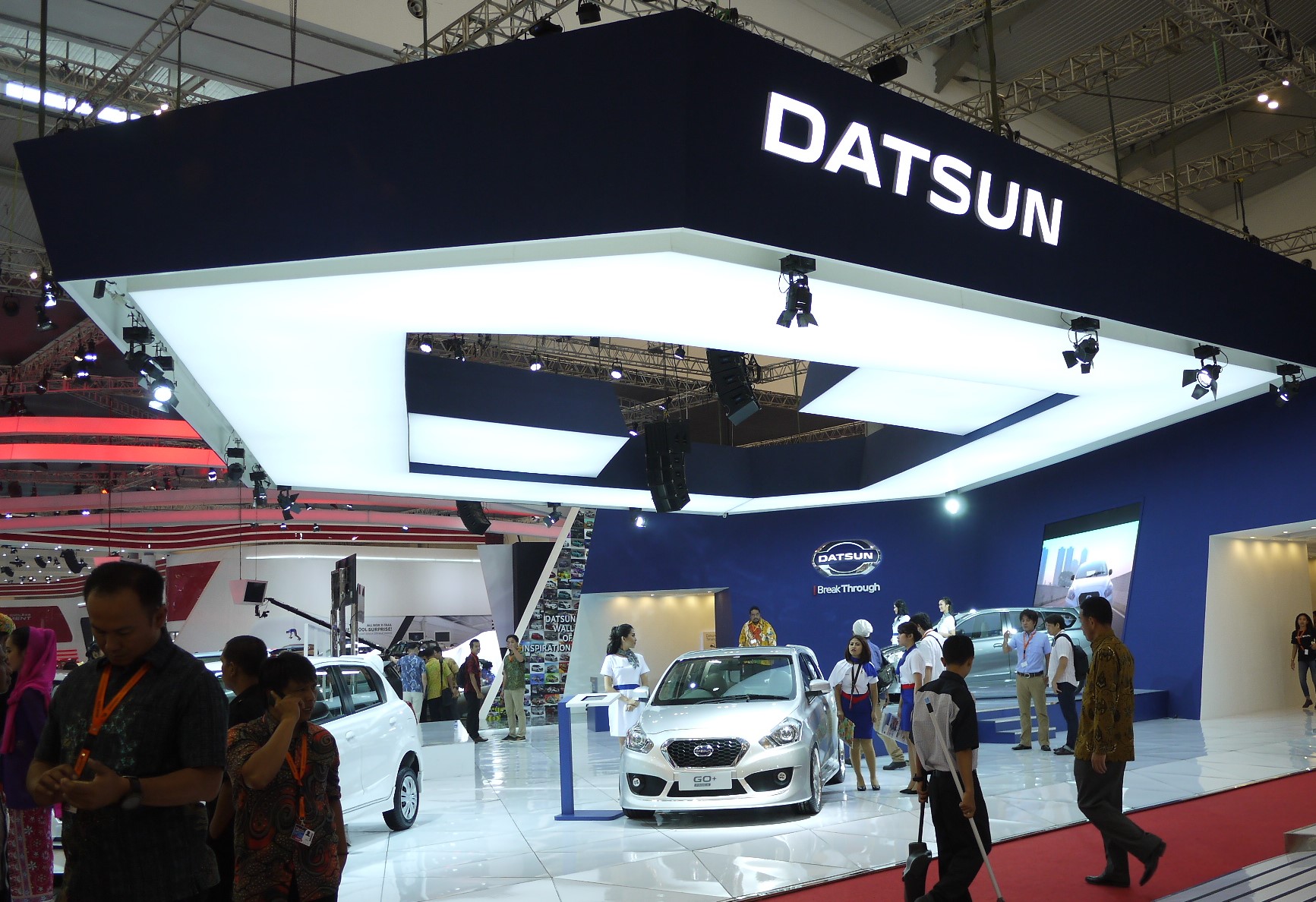
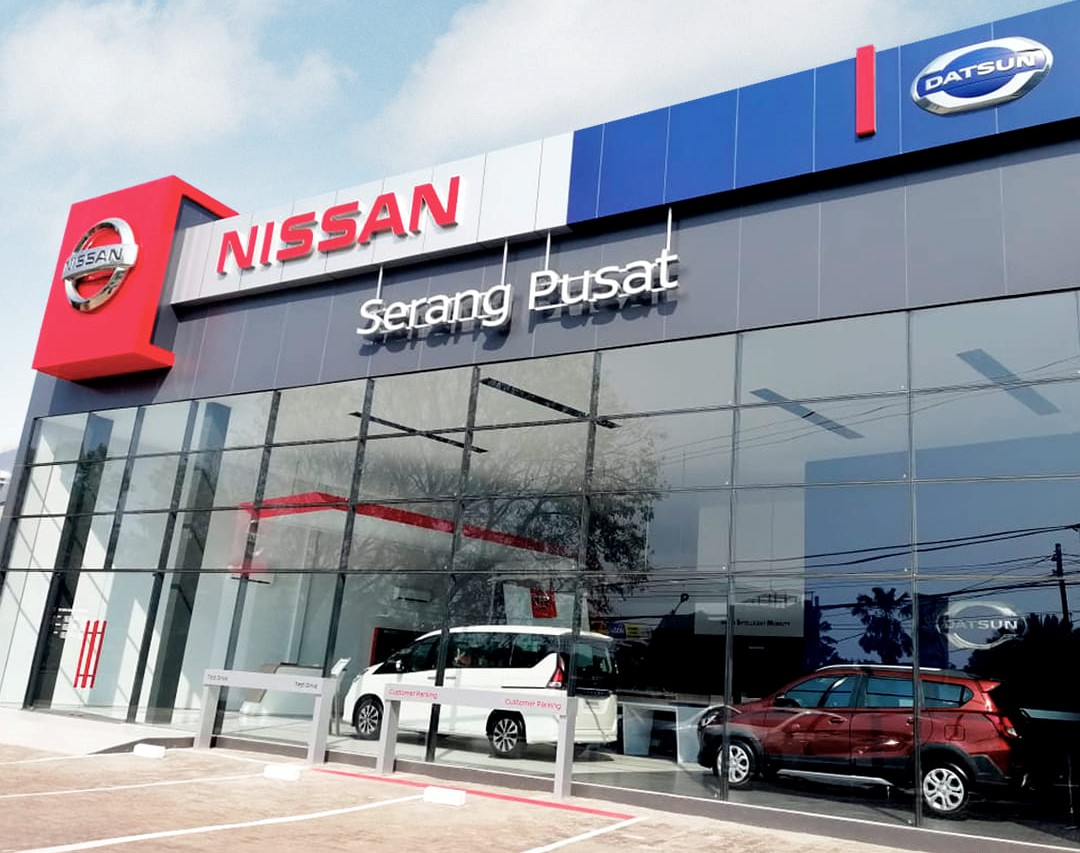
In the emerging markets, there was certainly demand for cheap cars but even consumers in such markets did not want a car that was so cheap but was lacking in features and worse, safety. Crash tests of early Datsun models placed the brand in an unfavourable light, further diminishing its appeal. Perhaps in a different era 40 years earlier, the Datsuns might have done better but with competition from low-priced Korean cars and also brands like Maruti, customer expectations were higher.
By the end of 2019, Nissan came to the conclusion that the Datsun brand was not going to make it and there was little point in trying. Furthermore, as a legacy of the Ghosn era which had become controversial, it was probably one of the moves that was accepted as a way to ‘right past wrongs’. The operations in Russia and Indonesia were discontinued during the following year, just as the COVID-19 pandemic started.
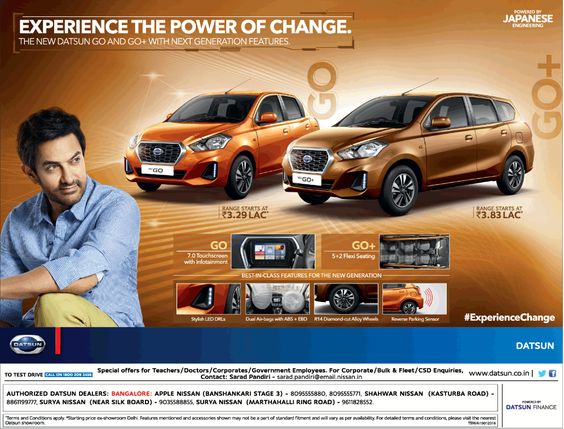
That left India as the only market which produced and sold Datsuns. The final phase of ending the brand was to take another two years as the lifecycle of the last model was run to the end.
Recently, Nissan announced that the final remaining redi-GO model was no longer produced at the plant in Chennai and dealers would sell off whatever stocks remained.
“As part of Nissan’s global transformation strategy, Nissan is focusing on core models and segments that bring the most benefit to customers, dealer partners and the business. In India, this includes the all-new, locally produced Nissan Magnite with over 100,000 customer orders to date,” Nissan India said.
Of course, like any responsible manufacturer, Nissan will provide the necessary aftersales support to Datsun owners in the years to come. This would run for a number of years and in as far as replacement parts are concerned, there should not be difficulty since many of the cars would be shared with Nissan models anyway.
So, for the second time in its history, the brand that first appeared in 1934 and helped to build a strong reputation for Nissan, is retired again. Perhaps it is best left in history books and museums where its glorious days are not blemished by the unsuccessful attempt to bring it back.


